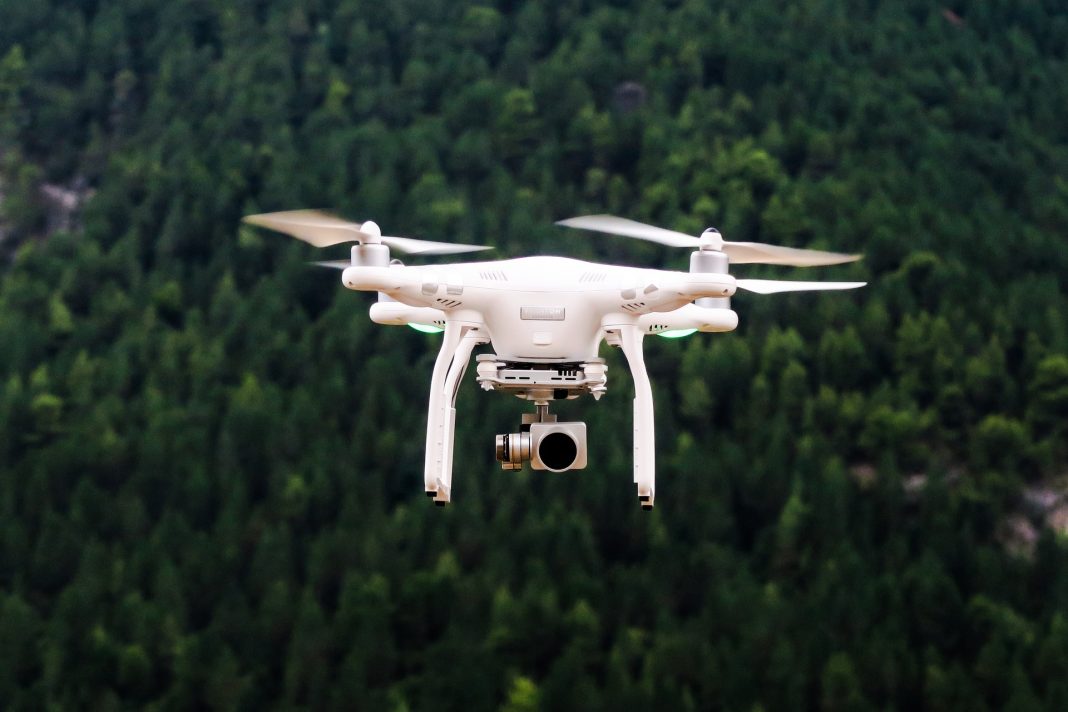Drone use is becoming more popular with the public. However, these drones can harass and bother wildlife. As a result, CPW is asking the public to be smart with their drones. Following wildlife with drones can provide amazing wildlife viewing. However, many of the animals can suffer distress while being followed by drones.
Drones Harassing Wildlife
Many animals are preyed on from the air and many of these drones are mistaken for predators. Likewise, birds of prey confuse drones as competition. This competition can cause the birds to act in different ways. Some of the birds will leave the area completely, while others will attack the drones in response to them moving into the bird’s area. These attacks can cause the birds to hurt themselves on the drones. Drones can also cause issues with newborn animals. Many times female animals with offspring will confuse the drones as predators. In response to the “predators”, the females will many times leave their offspring in an attempt to lead the “predator” away from the area. Then while the mother is away actual predators may wander into the area and kill the offspring.
“Drones can provide incredible insight to the landscape around us by producing views typically unseen by the majority of people. It’s important for drone operators to understand their surroundings including the impacts to people’s privacy and wildlife health.” – CPW terrestrial section manager, Brian Dreher
Likewise, CPW would like to remind the public that using drones for the purpose of hunting, or scouting is against the law in Colorado and the United States. The Airborne Hunting Act was approved on November 18, 1971. This act prohibits shooting or attempting to shoot or harassing any bird, fish, or other animals from aircraft except for certain specified reasons.
“The bottom line is, if it’s related to a hunt in any way, you can’t do it. For scouting, locating, anything. If they fly before they take an animal, they’re illegal. If they use the drone to locate an animal they may have shot and wounded, they’re illegal.” – CPW Field Services Assistant Director, Heather Dugan
The CPW would also like to remind the public that it is not legal to take off or land a drone in any of CPW’s more than 350 state wildlife areas. This also applies to CPW controlled lands. If a drone user is caught harassing wildlife or breaking other applicable laws with a drone. They can receive fines from $70 – $125,000 and have the drone confiscated.
You can read more about how CPW is handling drone use by clicking here. Likewise, you can check out our Colorado page for more Colorado hunting-related news by clicking here.















